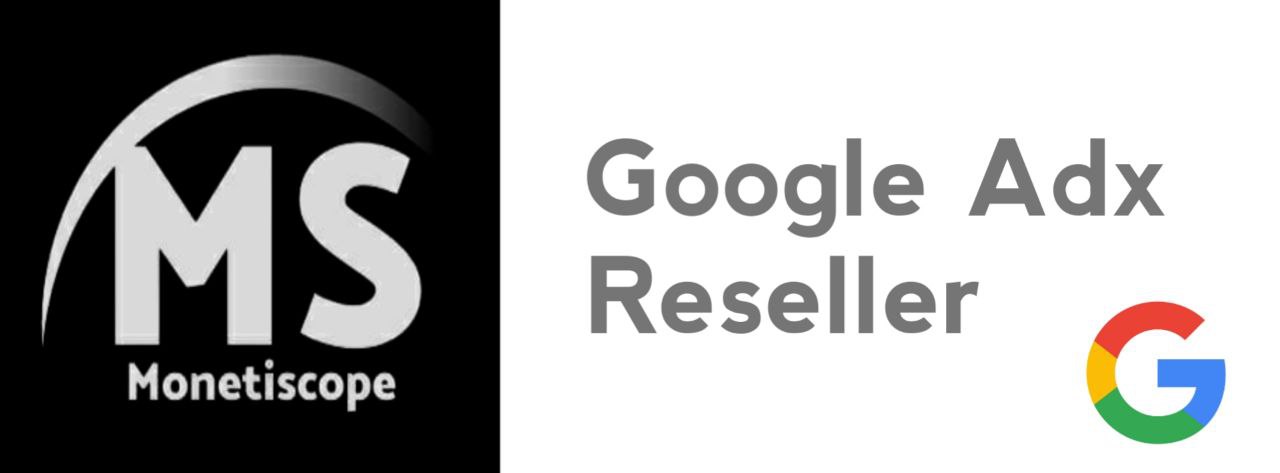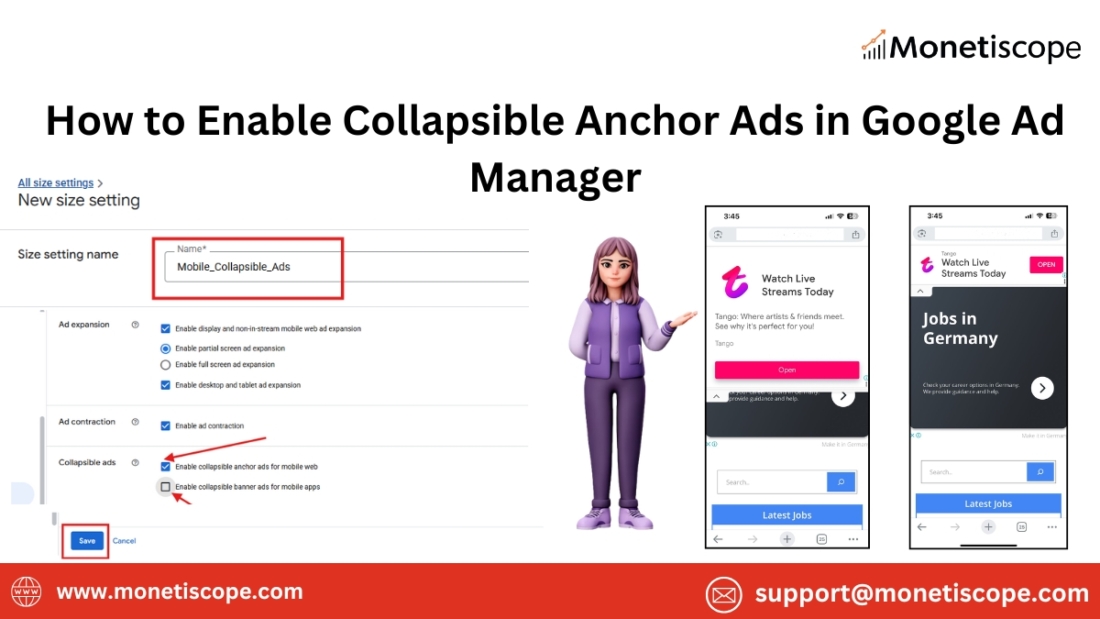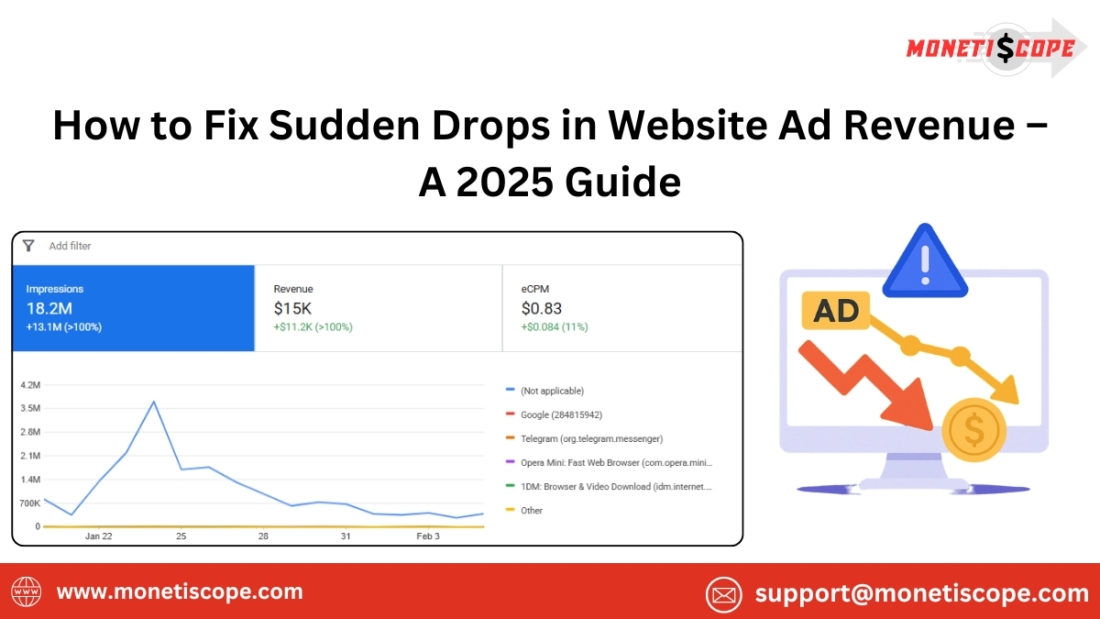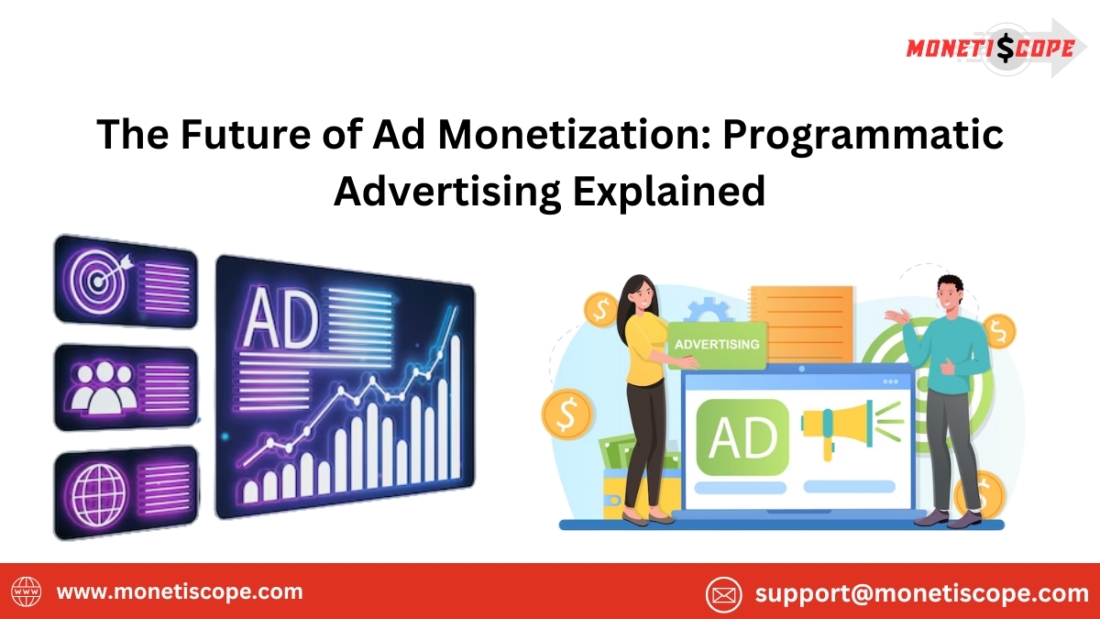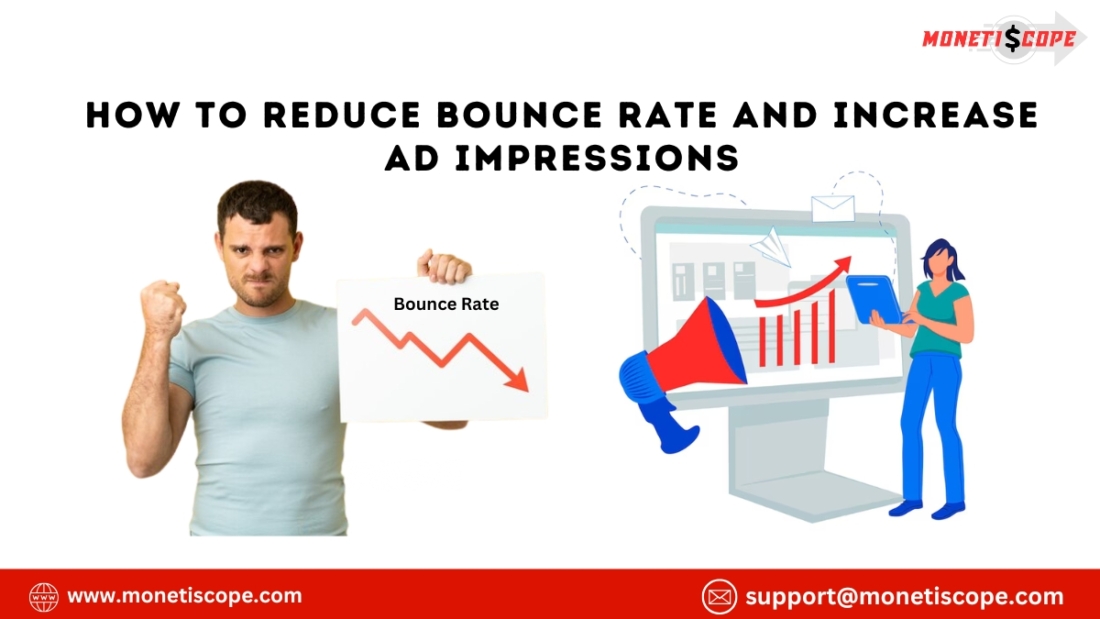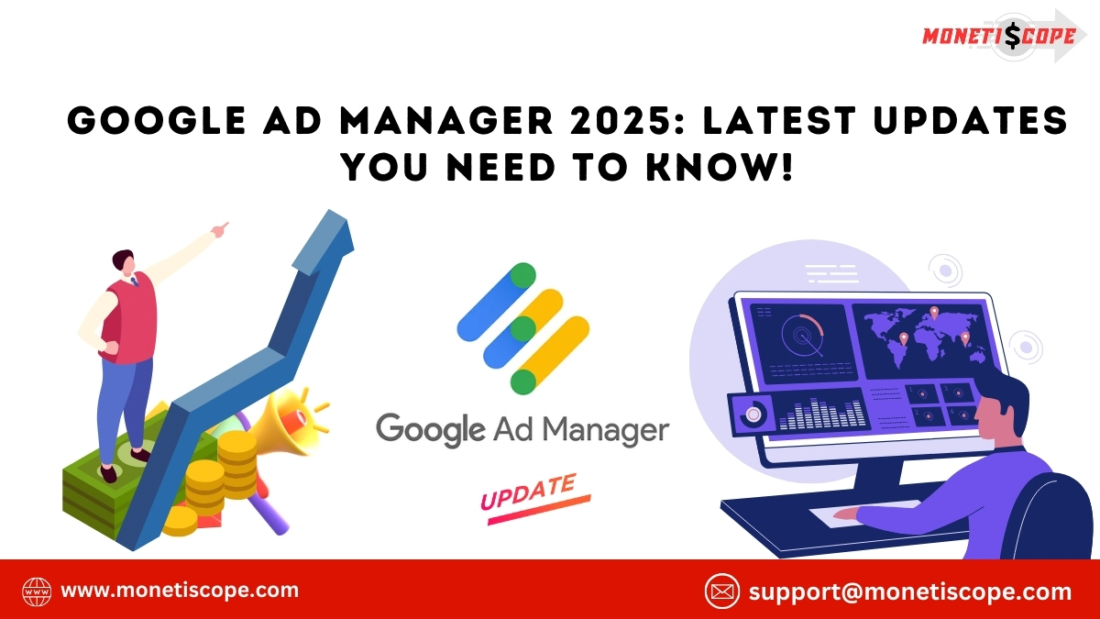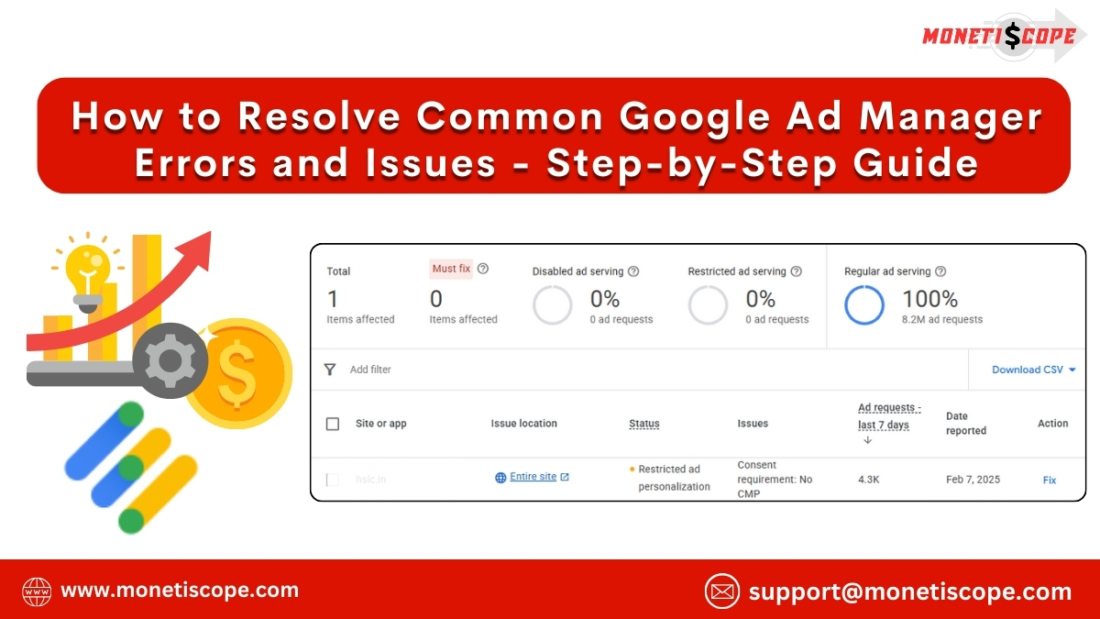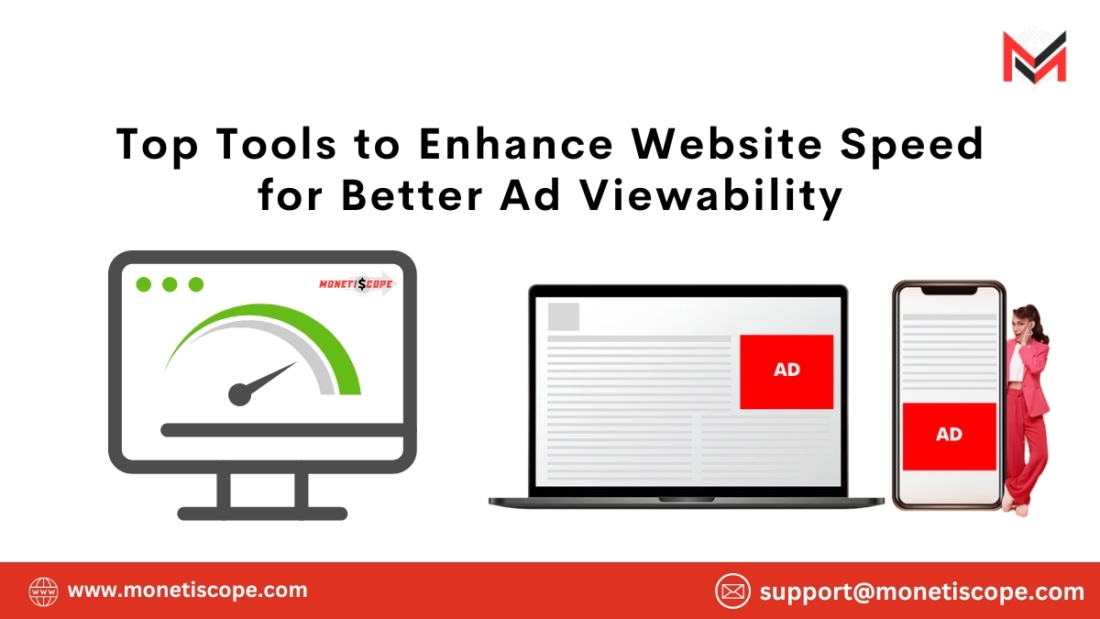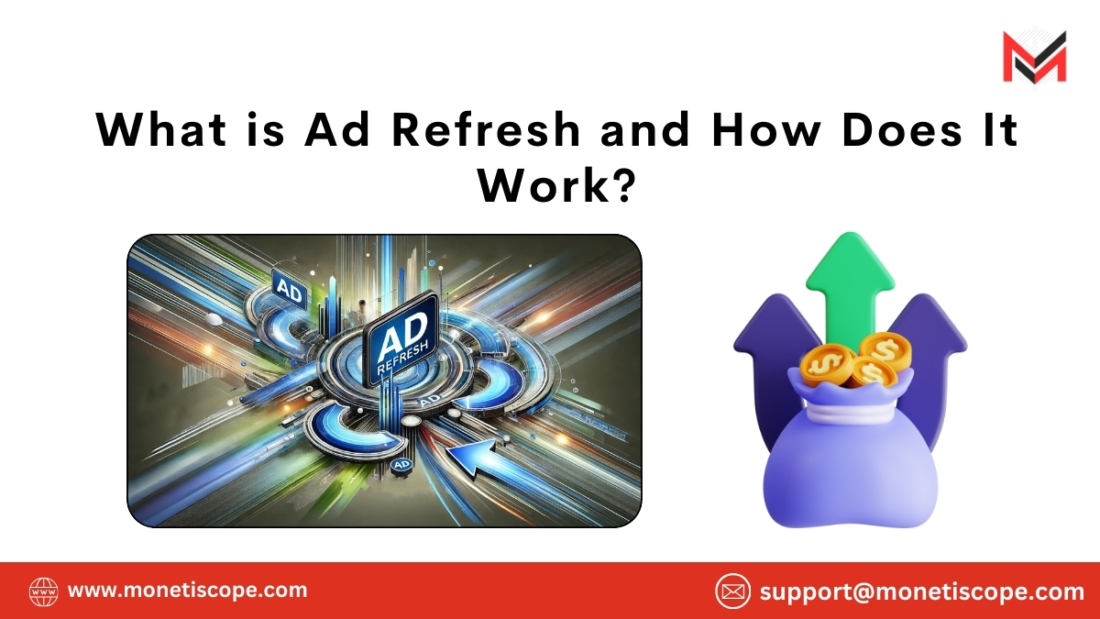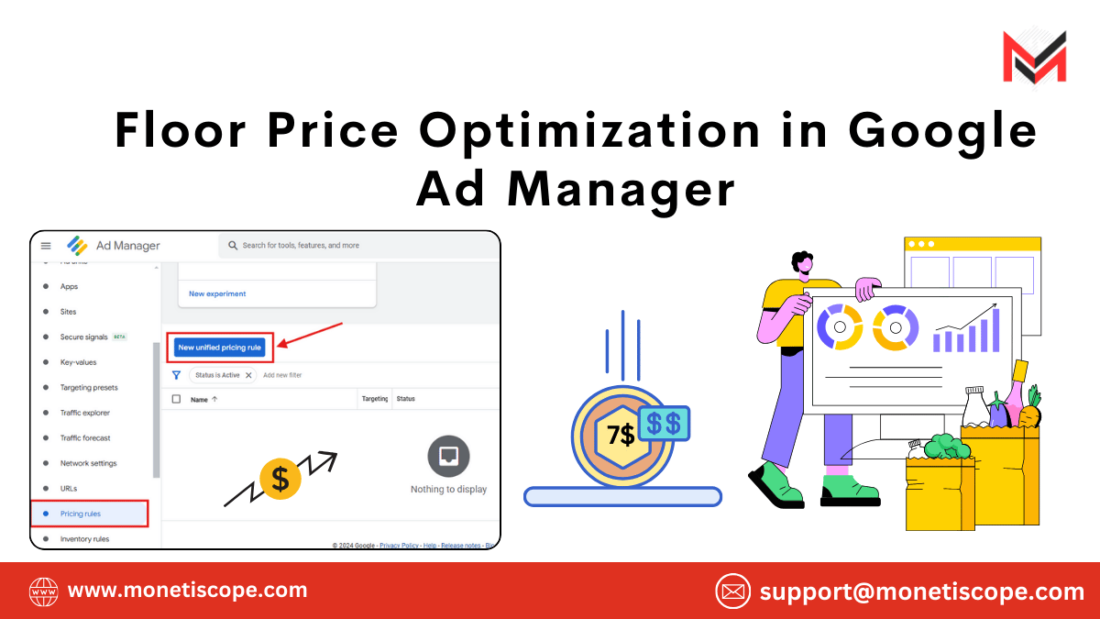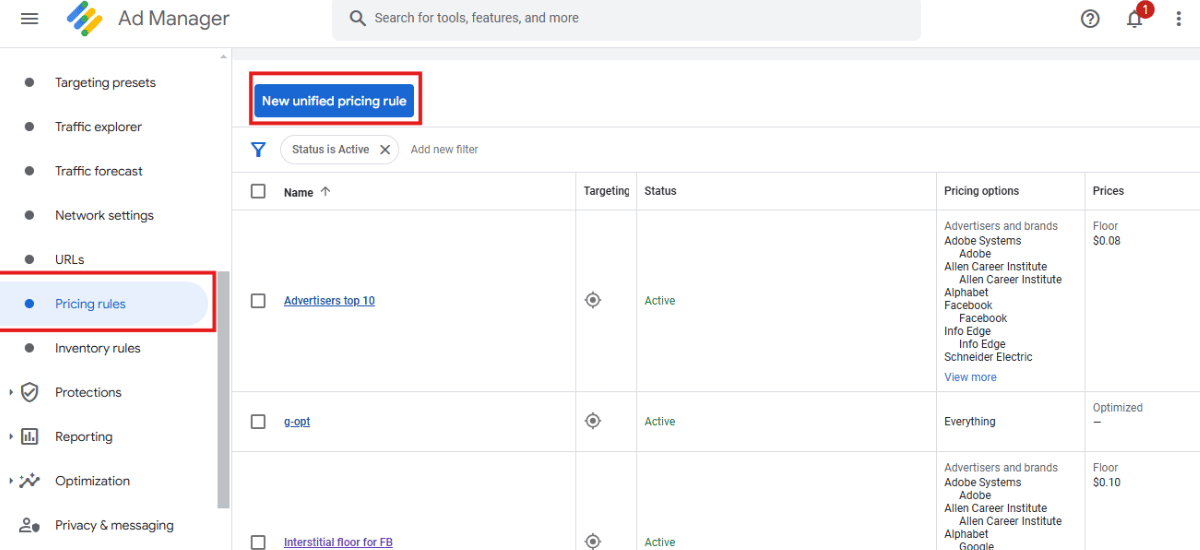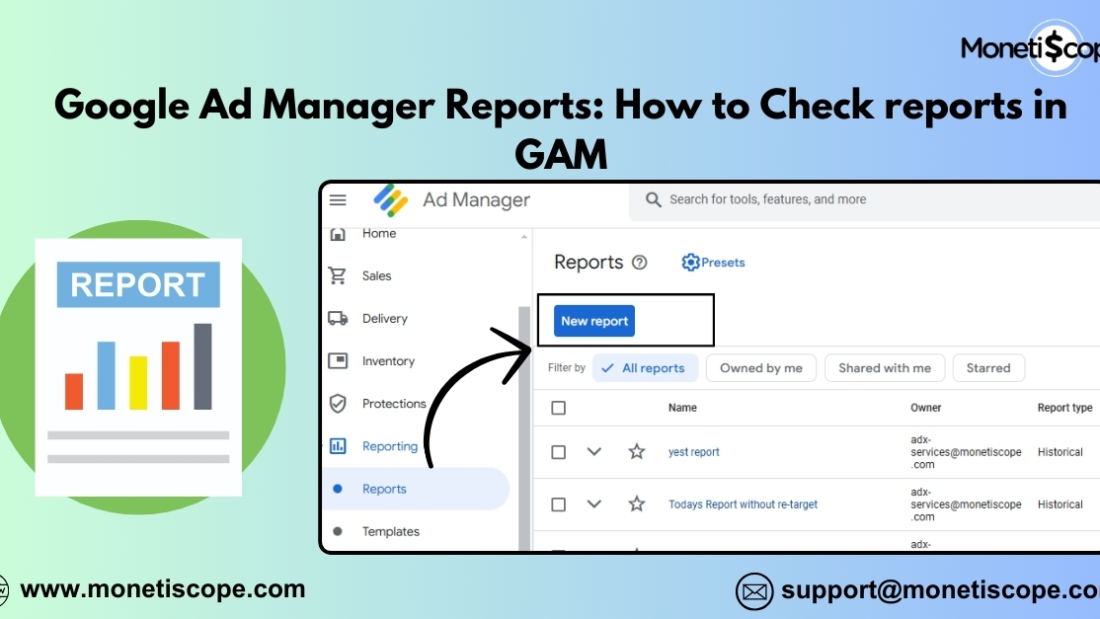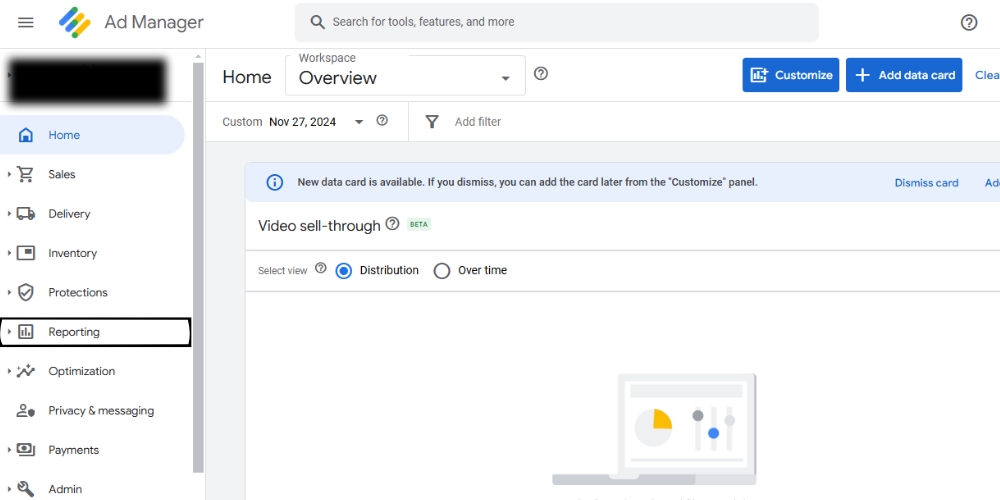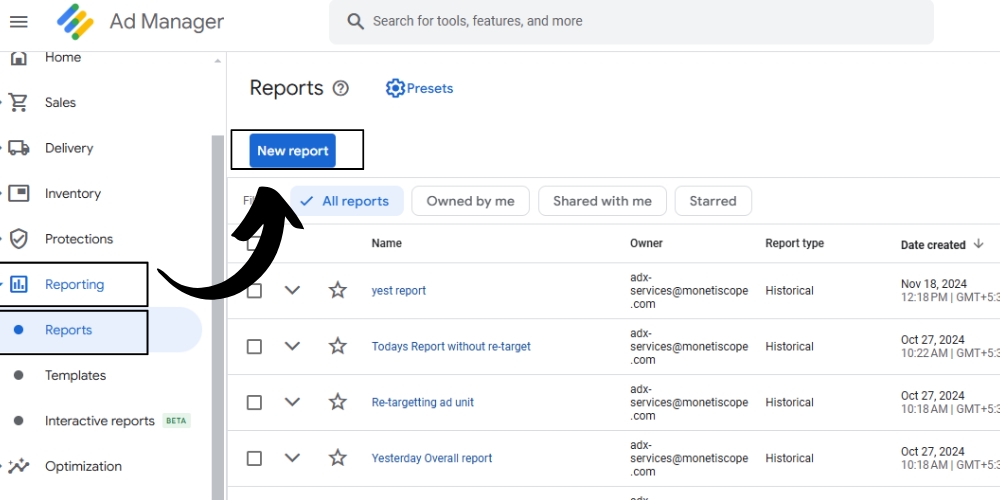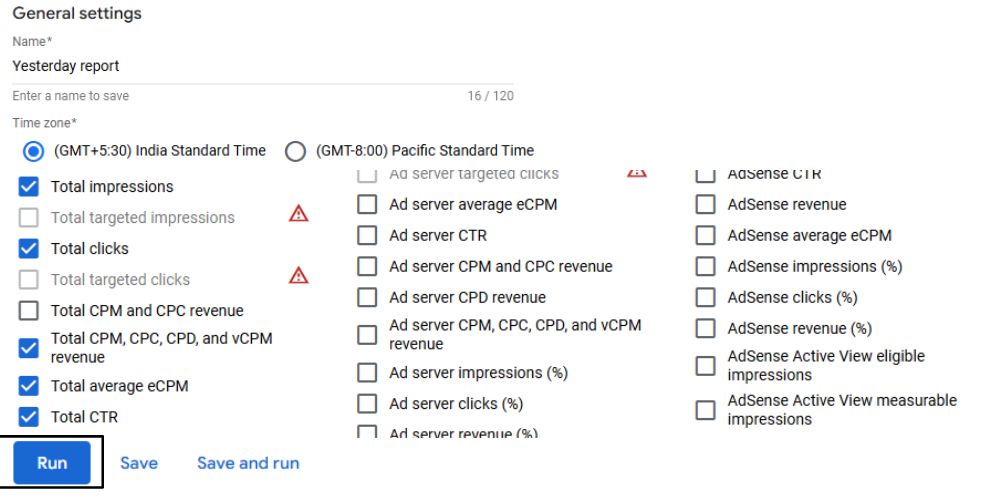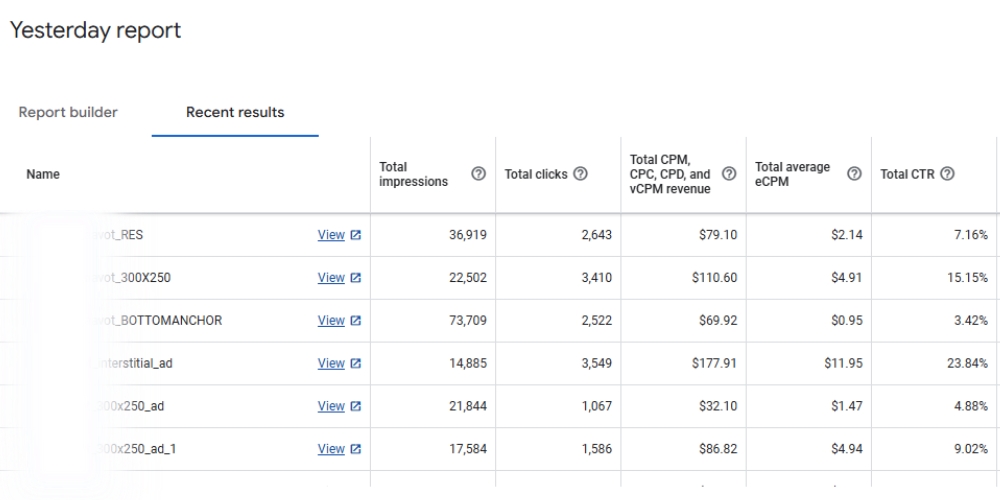Monetizing a website or mobile app needs smart ad placements. One easy and effective method is using collapsible anchor ads. These ads stay at the bottom of the screen and collapse when not needed, improving the user experience.
In this guide, I’ll show you how to set up collapsible anchor ads through Google Ad Manager. I’ll walk you through each step carefully.
What are Collapsible Anchor Ads?
Before setting them up, let’s understand what they are.
Collapsible anchor ads are sticky banner ads that sit at the bottom of the page.
When the user interacts with the page, the ad collapses into a smaller form.
This way, it doesn’t block the user’s view or annoy them.
They work great for mobile websites and mobile apps.
Google recommends using them because they increase ad engagement without hurting UX (user experience).
Why Should You Use Collapsible Anchor Ads?
Here are a few good reasons to use collapsible anchor ads:
- They help you earn more ad revenue.
- They keep the user experience smooth and non-intrusive.
- They adjust automatically when a user scrolls or interacts.
- They are lightweight and mobile-friendly.
If you care about both earnings and happy visitors, you should definitely enable them.
Step-by-Step Guide to Enable Collapsible Anchor Ads
Now, let’s get to the main part. Follow these steps carefully.
Step 1: Open Google Ad Manager
First things first, log in to your Google Ad Manager account.
Step 2: Go to Inventory and Click on Ad Units
Once inside your dashboard:
- Navigate to the left-hand menu.
- Click on the “Inventory” section.
- From there, select “Ad units”.
This is where all your ad spaces live.
We’ll create a new one for the bottom anchor ad.
Step 3: Create a Bottom Anchor Ad Unit
Now, click on the “New ad unit” button.
Here’s what you need to do:
- Name your ad unit clearly. Example: Bottom_Anchor_Ad_Mobile.
- Choose size depending on your needs.
- Generally, a responsive size or banner size (e.g., 320×50) works best.
- Set it to appear at the bottom of the page.
Make sure to configure targeting if needed.
Finally, click Save and note down the ad tag code you’ll use later.
Step 4: Place the Ad Unit Code on Your Site or App
Once you create the ad unit:
- Copy the generated ad tag code.
- Insert it into the bottom section of your mobile site’s HTML.
- If it’s an app, make sure the SDK (Software Development Kit) integration is correct.
This ensures your ad shows properly to users.
Step 5: Open Inventory Tools
After placing the ad code, go back to your Google Ad Manager dashboard.
- Again, head to Inventory.
- This time, click on “Inventory tools”.
Here’s where we’ll tweak some advanced settings.
Step 6: Click on Size Settings
Under Inventory Tools:
- Find and click on “Size settings”.
Size settings help you control how different ad formats behave.
For collapsible ads, this part is important.
Step 7: Create a New Size Setting
In the Size Settings section:
- Click on “New size setting”.
- Now, you will create a custom size setting that allows collapsible behavior.
Step 8: Name the Size Setting
In the form:
- Type a descriptive name like “Mobile_Collapsible_Ads_Setting”.
Clear naming helps you manage settings easily later.
Step 9: Enable Collapsible Ads for Mobile Web and Apps
Scroll down the form until you see:
- “Collapsible ads” section.
You’ll see two options here:
- Enable collapsible anchor ads for mobile web.
- Enable collapsible banner ads for mobile apps.
Check both boxes.
This ensures your ads collapse properly across mobile websites and apps.
Step 10: Save the Size Setting
Finally:
- Double-check all details.
- Click on the Save button.
You have successfully enabled collapsible anchor ads. Now users will see smart, collapsible ads without feeling annoyed. And you get to increase your revenue smoothly!
Important Tips for Collapsible Anchor Ads
Here are a few tips to get even better results:
Use clean and non-intrusive designs.
Test on multiple devices before going live.
Monitor ad performance regularly inside Ad Manager.
Optimize loading speed for a smoother ad experience.
Common Mistakes to Avoid
Keep your website/app updated with best ad practices.
While setting up, make sure you don’t:
Forget to select the collapsible option.
Insert the wrong ad tag code.
Ignore mobile-specific size settings.
Overload your page with too many ads.
Neglect performance monitoring.
Stay careful at every step for best results.
Final Thoughts
Setting up collapsible anchor ads is not hard if you follow the right steps. They make your site or app more user-friendly and profitable. Just stay patient, careful, and keep monitoring your ad performance over time. Start today and unlock new earning opportunities without disturbing your users!
FAQs
What are collapsible anchor ads?
Collapsible anchor ads are banner ads that stick to the bottom of the screen.
They collapse automatically when users interact with the page.
Why should I enable collapsible anchor ads?
They improve user experience and increase your ad revenue.
They keep the ad visible without being annoying.
Can I use collapsible anchor ads on desktop?
No, they are designed mainly for mobile websites and mobile apps.
Use other ad formats for desktop if needed.
Are collapsible ads allowed by Google policies?
Yes, collapsible anchor ads are fully supported by Google.
Just make sure you set them up correctly in Ad Manager.
How much revenue can collapsible ads generate?
Revenue varies by traffic, ad placement, and audience.
However, they usually increase CTR (Click-Through Rate) and boost earnings.
Do collapsible ads slow down my site?
Not if implemented properly.
Use lightweight ad tags and optimize your site speed regularly.
How do I check if collapsible ads are working?
You can preview the ad using Google Publisher Console tools.
Also, monitor your impressions and clicks inside Ad Manager.
Can I disable collapsible behavior later?
Yes, simply go to the Size Settings and uncheck the collapsible options.
Then save the settings again.

